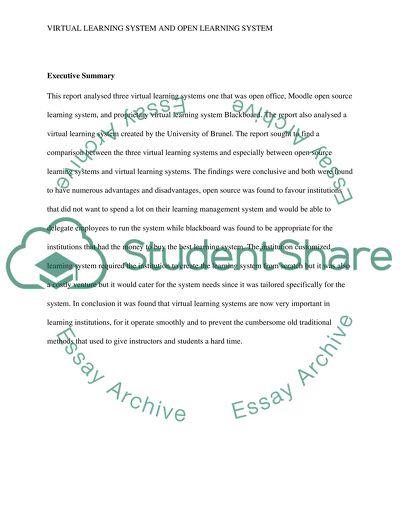Cite this document
(Proprietary Virtual Learning System and Open Source Learning System Assignment, n.d.)
Proprietary Virtual Learning System and Open Source Learning System Assignment. Retrieved from https://studentshare.org/information-technology/1620701-computer
Proprietary Virtual Learning System and Open Source Learning System Assignment. Retrieved from https://studentshare.org/information-technology/1620701-computer
(Proprietary Virtual Learning System and Open Source Learning System Assignment)
Proprietary Virtual Learning System and Open Source Learning System Assignment. https://studentshare.org/information-technology/1620701-computer.
Proprietary Virtual Learning System and Open Source Learning System Assignment. https://studentshare.org/information-technology/1620701-computer.
“Proprietary Virtual Learning System and Open Source Learning System Assignment”, n.d. https://studentshare.org/information-technology/1620701-computer.


